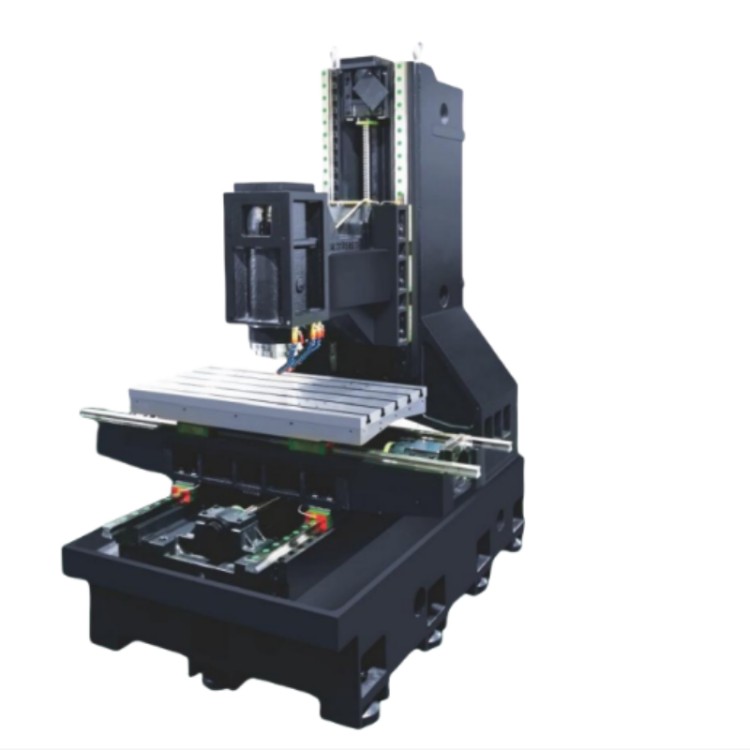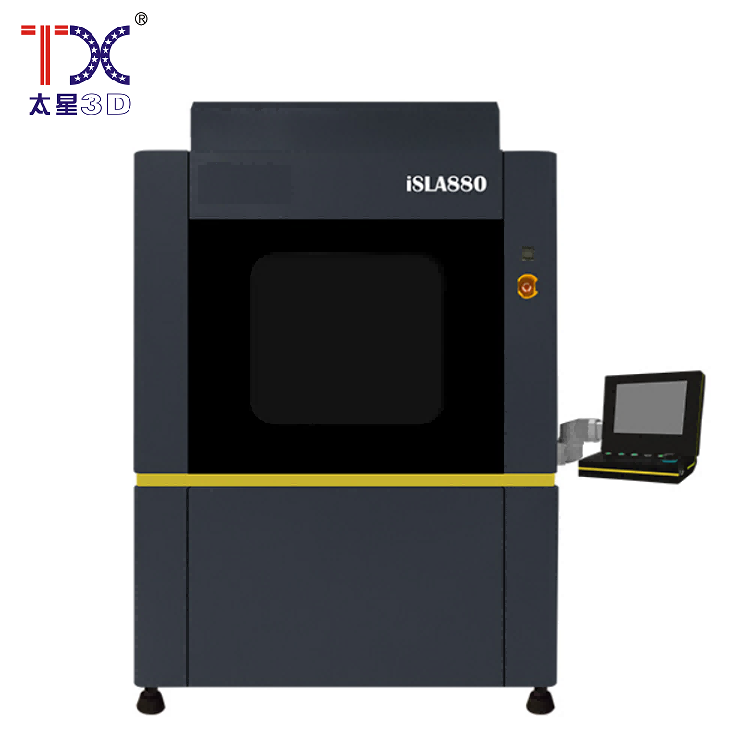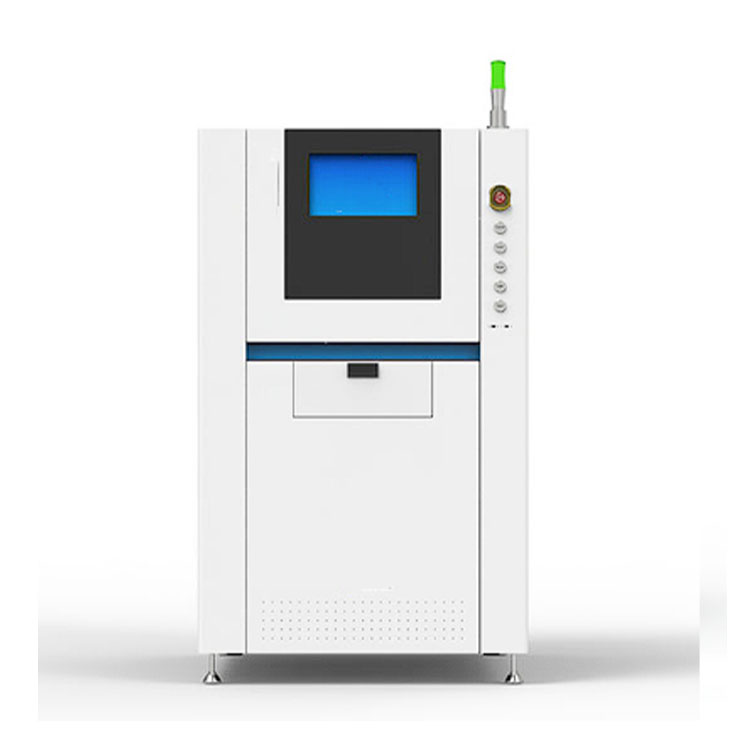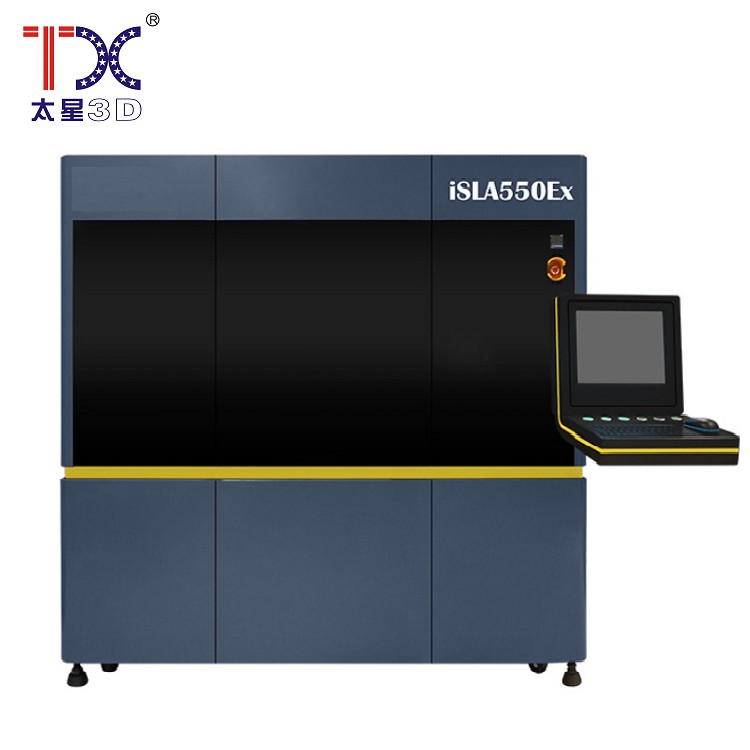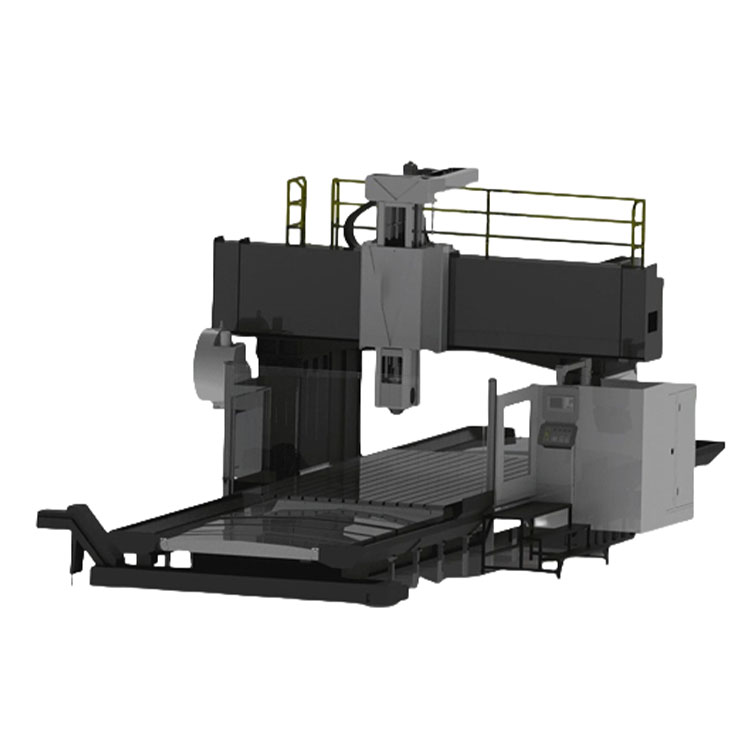
Architectural 3D printing
Architectural 3D printing
Architectural 3D printing is an amazing technology that more and more penetrates into the world of construction and design. Imagine how whole houses, bridges or even complex sculptures are created using a powerful printer. This is not fantastic, but a reality that gradually changes our ideas about construction.
Advantages and possibilities of 3D printing in architecture
The main advantage is speed and flexibility. Projects that previously occupied months and years can now be implemented for a much less time. Architects get the opportunity to create incredibly complex forms that could not be realized with the help of traditional methods. This allows you to implement the most daring and creative ideas. In addition, 3D printing can significantly reduce the amount of waste and construction debris, because the materials are consumed as efficiently as possible. Saving materials and energy is also an important factor.
Materials and technologies of 3D printing in construction
A variety of materials for 3D printing are already used now, from ordinary concrete to more exotic compositions, including polymers and fibrous materials. The technology is constantly being improved, which allows you to print more and more complex objects and structures. It is important to note that 3D printing is not just a replacement for traditional methods, but rather an addition, a tool that expands the possibilities of architecture. In future developments, it is planned to print the functional elements of the building, for example, pipes and electric cables.
Future of architecture with 3D prank
With the development of this technology, we can expect a breakthrough in the construction industry. In the future, 3D-packet will allow you to create individual and unique houses for each family, print housing in hard-to-reach places, as well as create dynamic and changing architectural forms. The prospects for the application of this technology in architecture are almost limitless, and we can expect many new, innovative projects and impressive results. Perhaps in the future, architects will be able to print buildings directly at the site of construction, adapting them to the local landscape and climatic conditions. The technology opens huge horizons for the development of architecture.
AppropriateProducts
Corresponding products
The best soldproducts
The best -selling products-
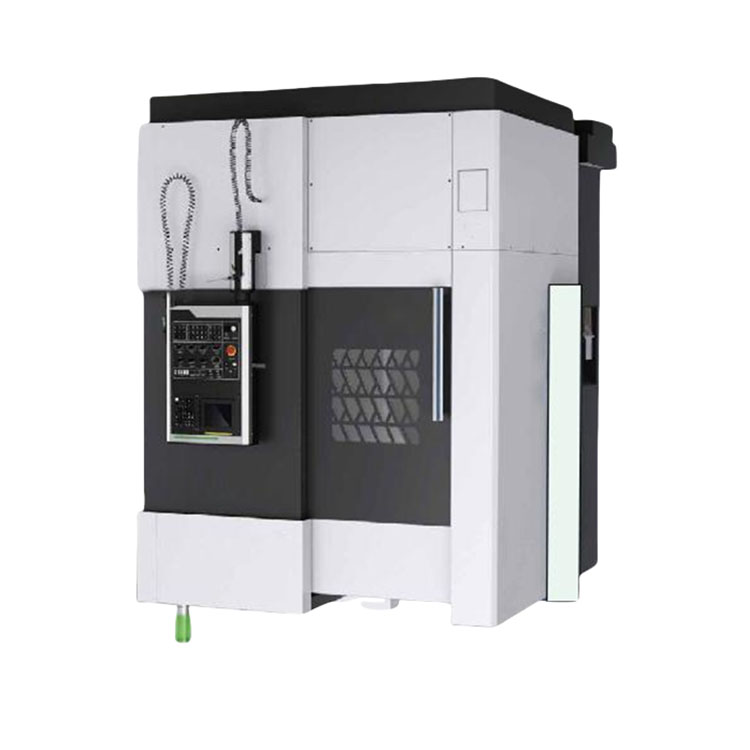 Taisin Vertical CNC TXLC-500 CNC
Taisin Vertical CNC TXLC-500 CNC -
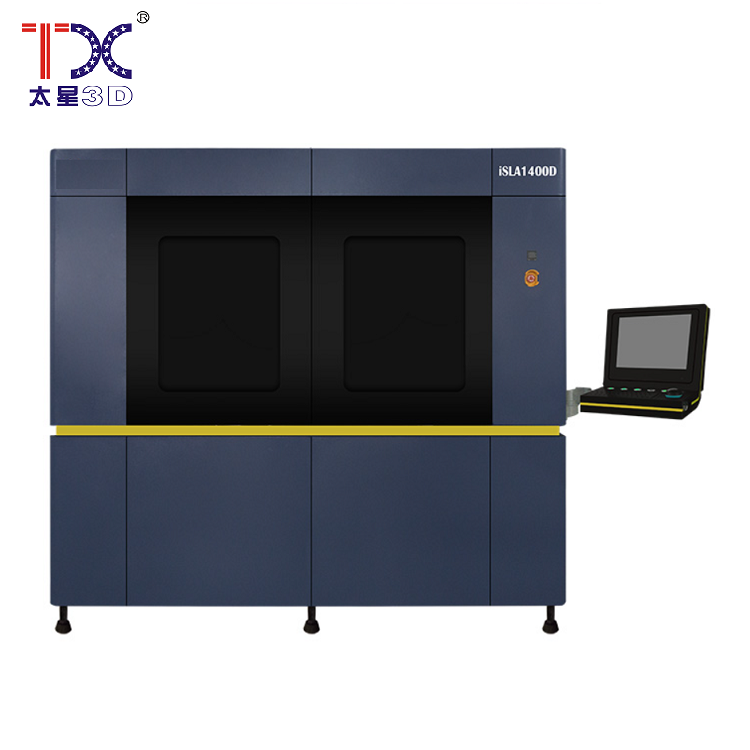 Taisin Light-adopted 3D printer SLA1300D
Taisin Light-adopted 3D printer SLA1300D -
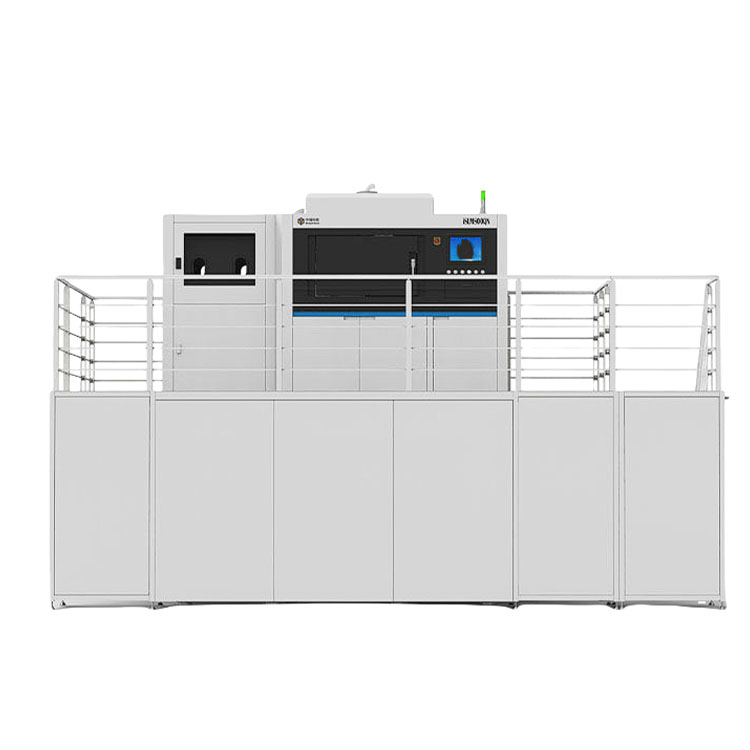 Taisin Metal 3D printer ISLM600QN
Taisin Metal 3D printer ISLM600QN -
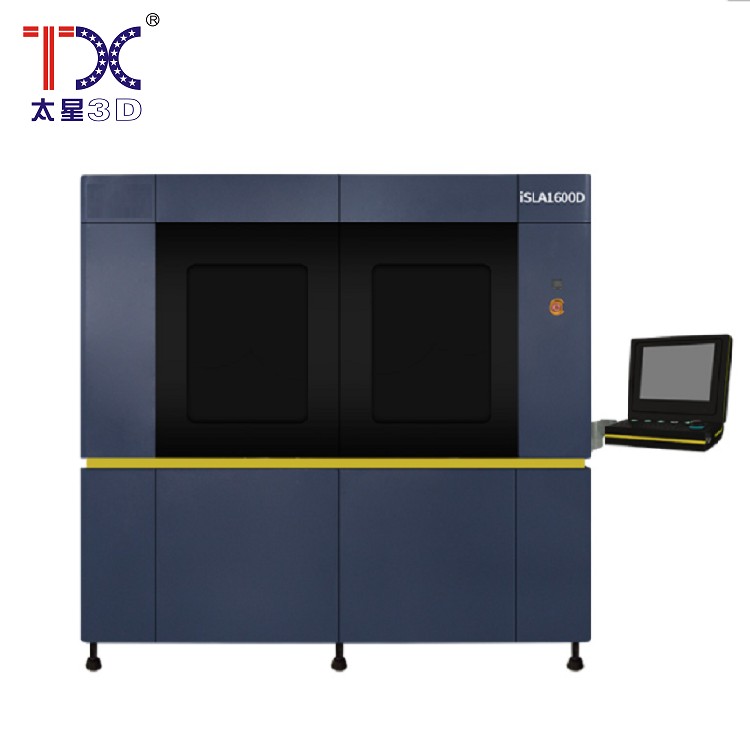 Taisin Light-adoptive 3D printer SLA1600D
Taisin Light-adoptive 3D printer SLA1600D -
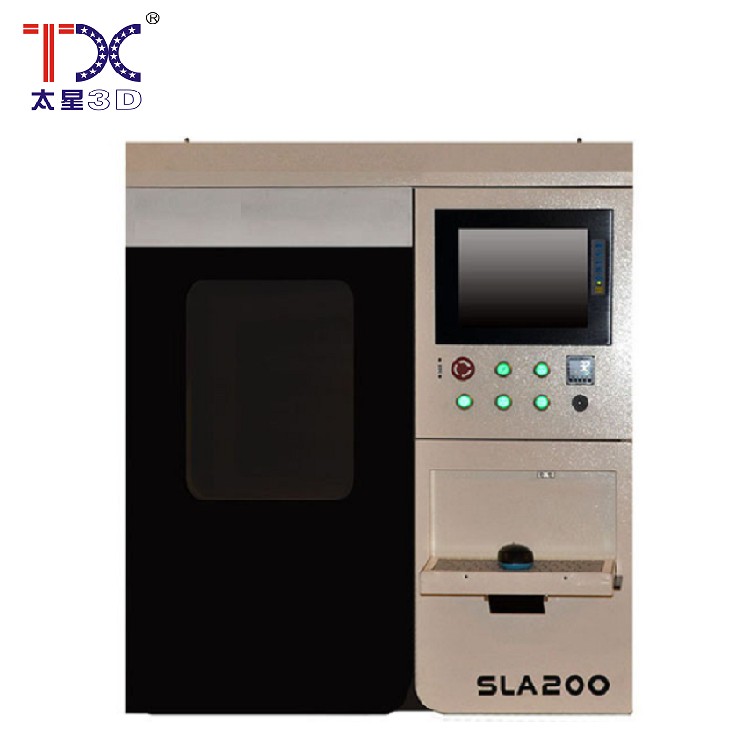 Taisin Light-adoptive 3D printer SLA200
Taisin Light-adoptive 3D printer SLA200 -
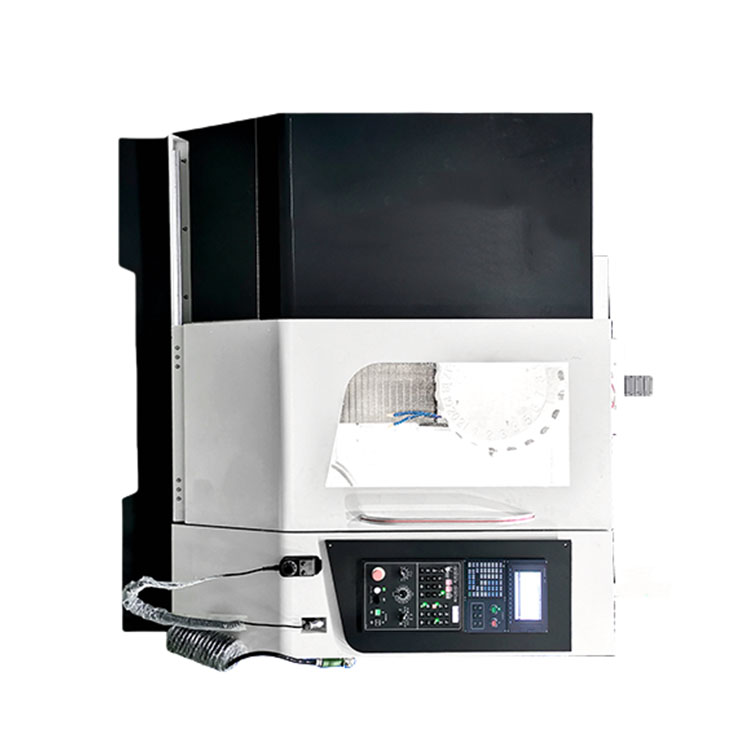 Taisin processing center for drilling and cutting threads TXT-800
Taisin processing center for drilling and cutting threads TXT-800 -
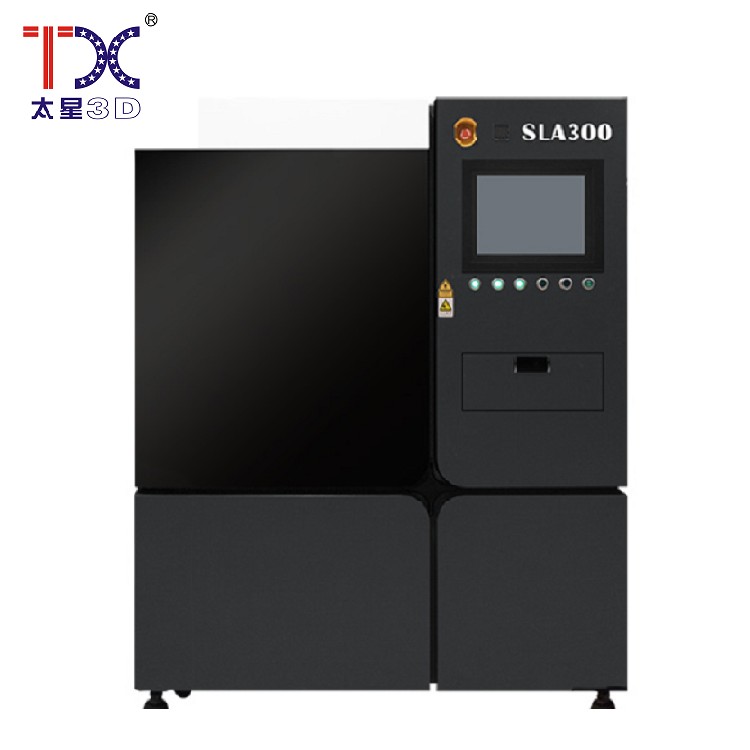 Taisin Light-adoptive 3D printer SLA300
Taisin Light-adoptive 3D printer SLA300 -
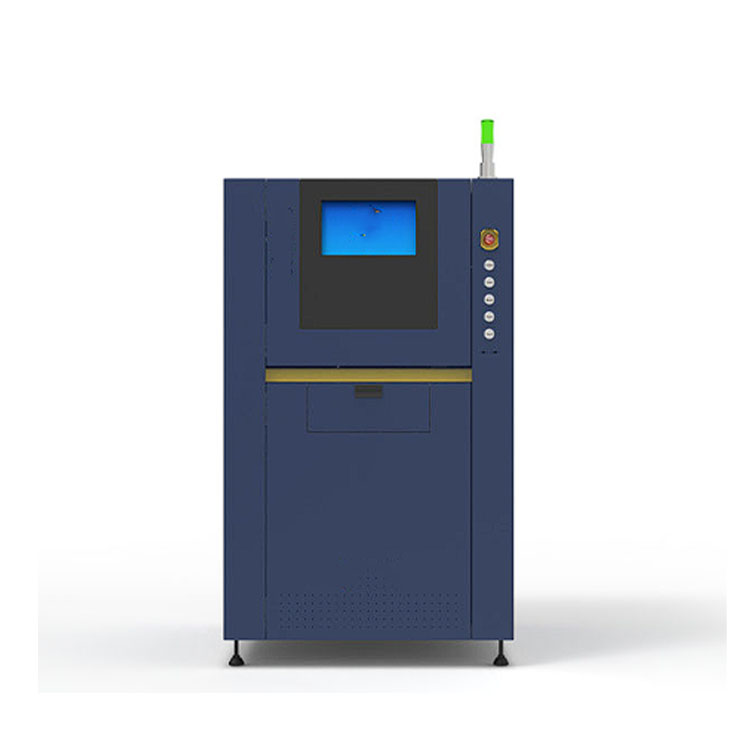 Taisin Metal 3D printer SLM160
Taisin Metal 3D printer SLM160 -
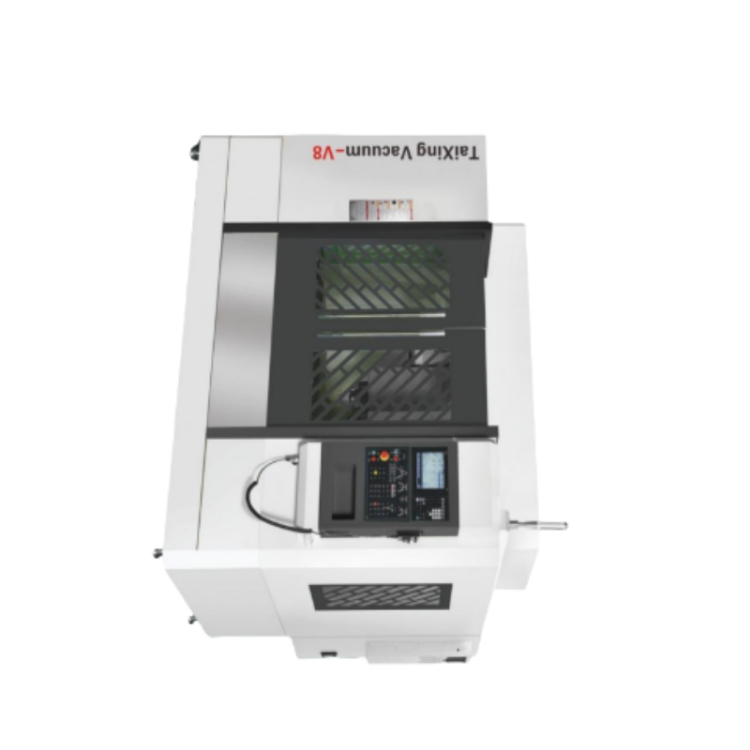 Taisin high-speed and high-precision processing center for processing parts TX-V8
Taisin high-speed and high-precision processing center for processing parts TX-V8 -
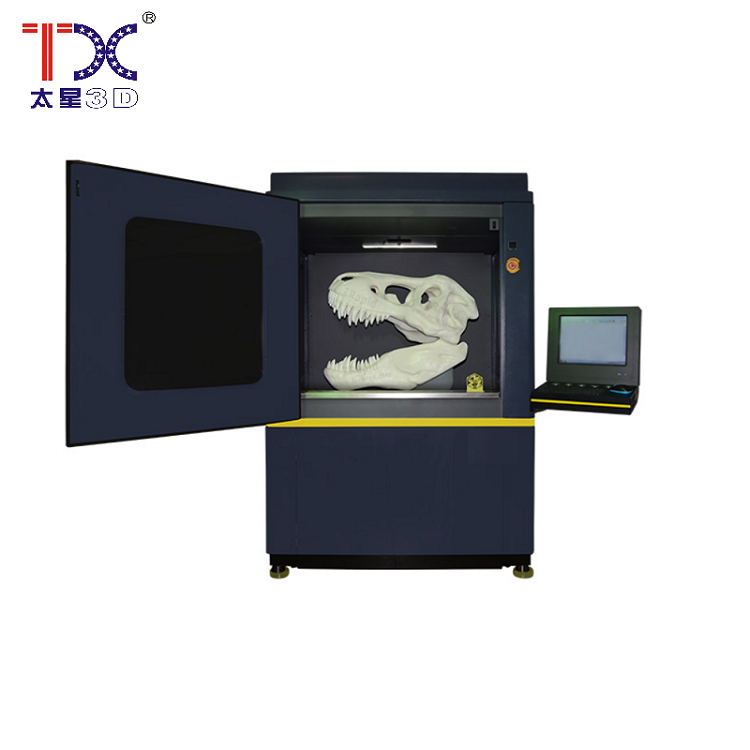 Taisin Light-adopted 3D printer ISL1100
Taisin Light-adopted 3D printer ISL1100 -
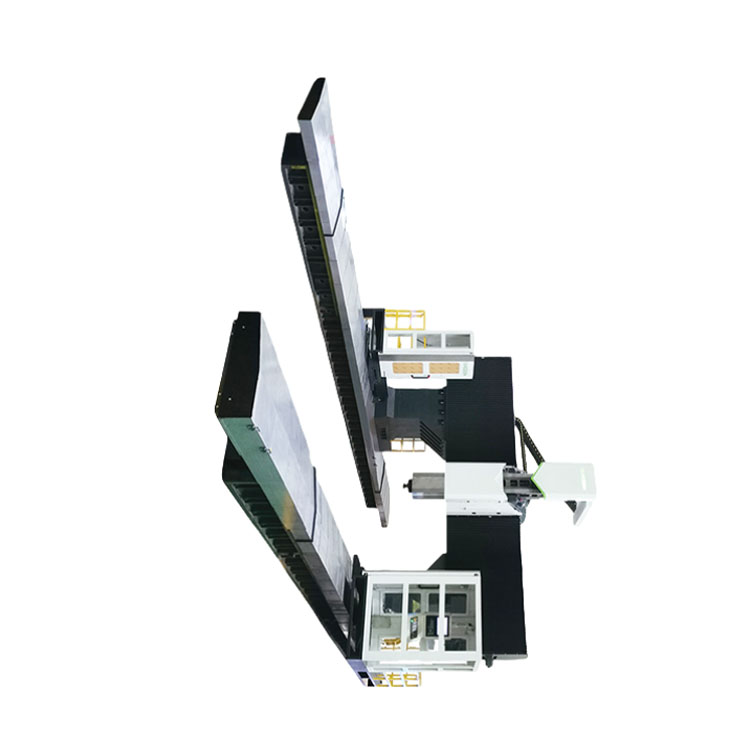 Taisin Pyatioseva CNC processing center for machining TXMT-21042
Taisin Pyatioseva CNC processing center for machining TXMT-21042 -
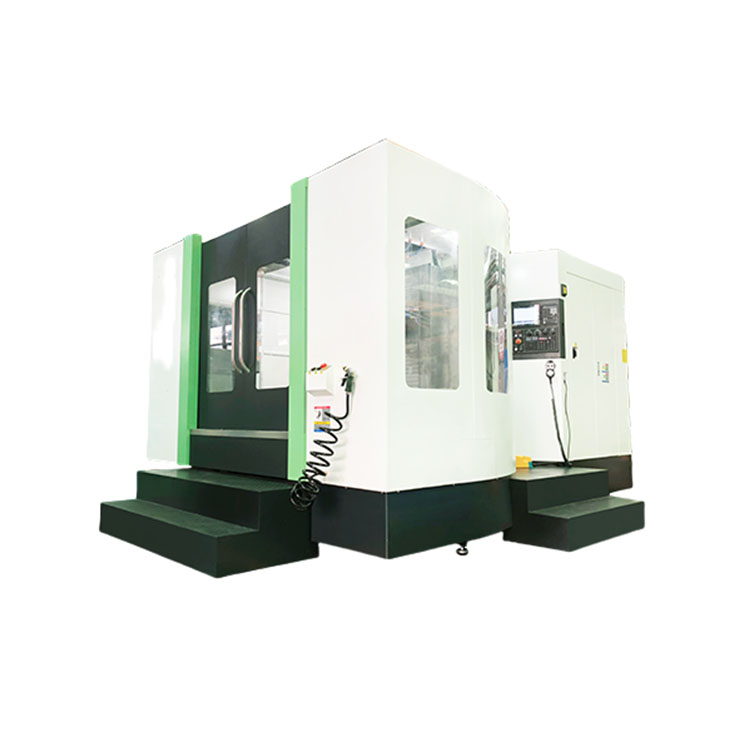 Taisin horizontal processing center with CNC High accuracy HMC TXHD-630
Taisin horizontal processing center with CNC High accuracy HMC TXHD-630
Connectedsearch
Related search- Cheap SLA suppliers Print (stereolithography)
- Cheap machines with a clip of a double axis factory
- Print MJF (multi -strut swimming)
- Cheap 8 axes of the factory CNC
- Cheap SLIC3R manufacturers
- Industrial manufacturers of 3D printing in China
- Chinese CNC axes production plants
- Chinese suppliers 2 CNCs CNC PDF machine
- 3D printing suppliers in China
- Cheap suppliers of 5-axis processing centers







